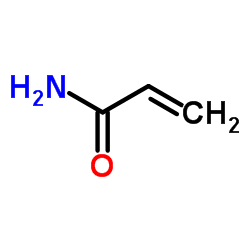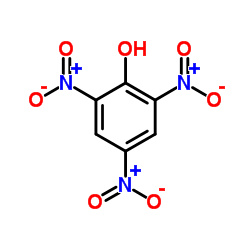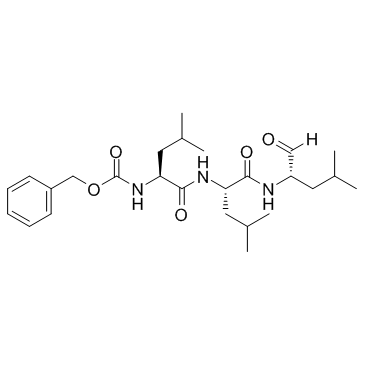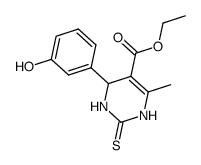| Structure | Name/CAS No. | Articles |
|---|---|---|
 |
Acrylamide Crystals
CAS:79-06-1 |
|
 |
Trinitrophenol
CAS:88-89-1 |
|
 |
MG-132
CAS:133407-82-6 |
|
 |
Monastrol
CAS:254753-54-3 |